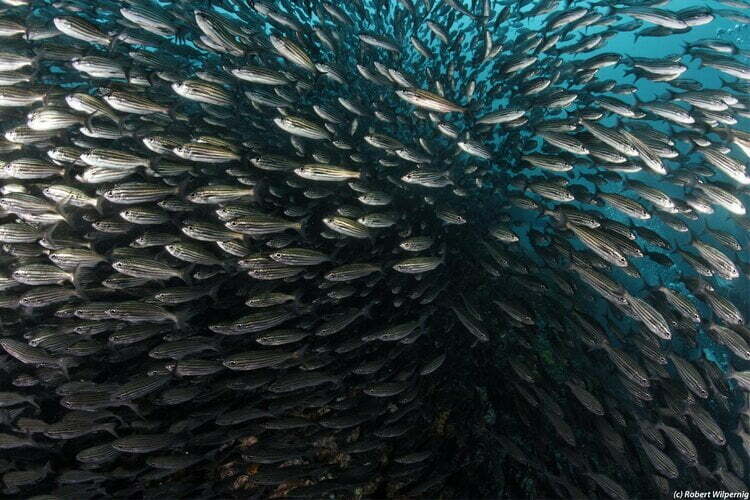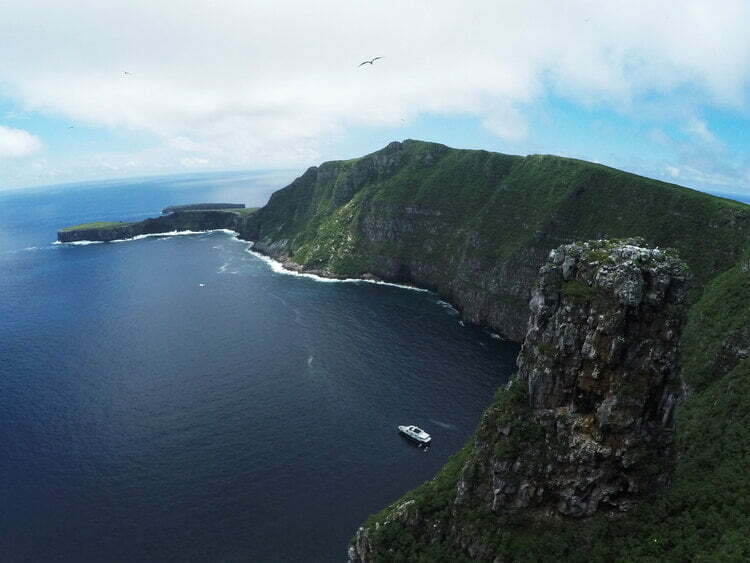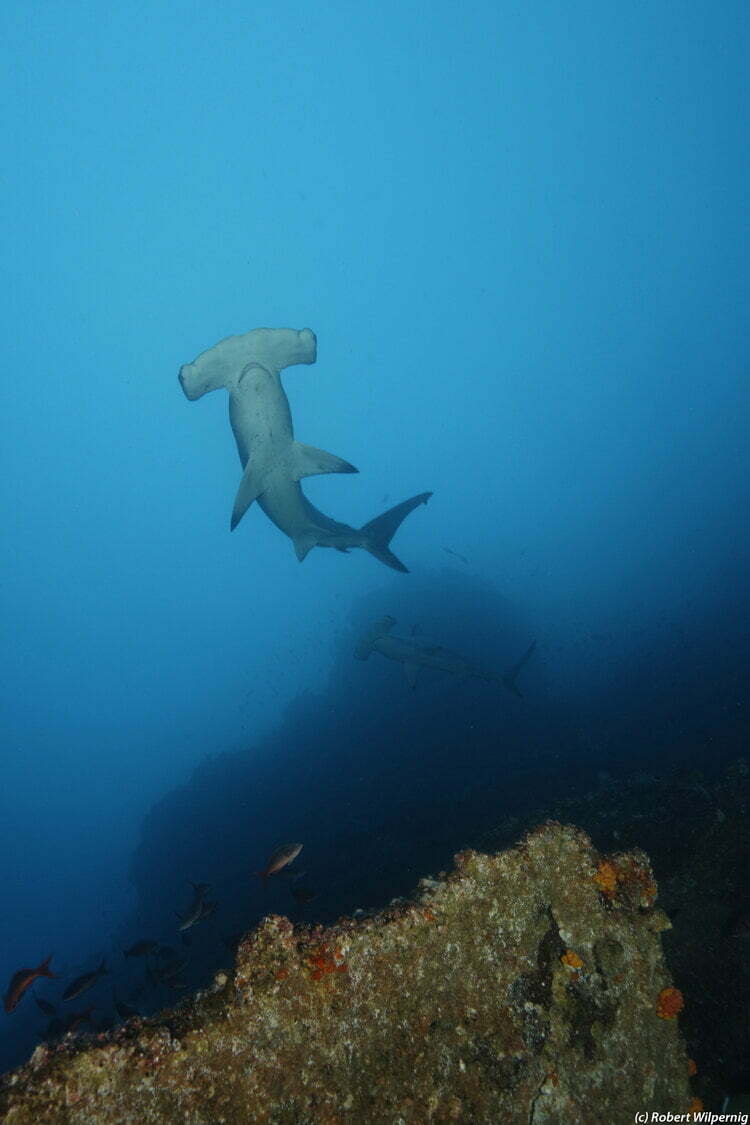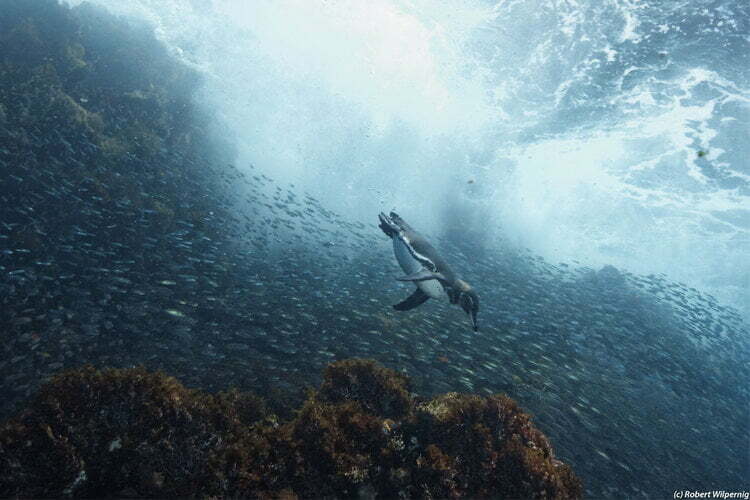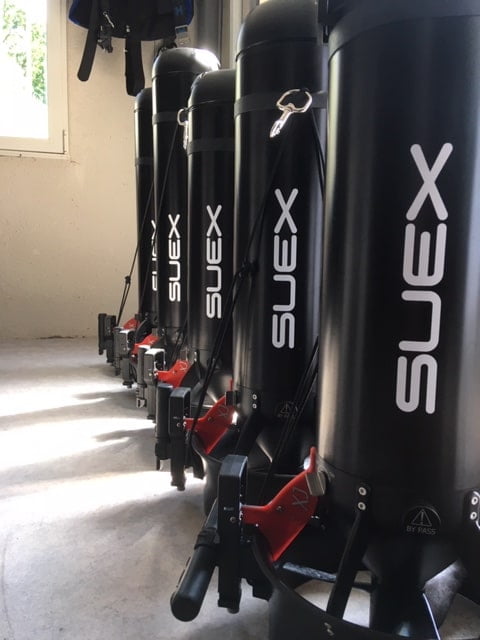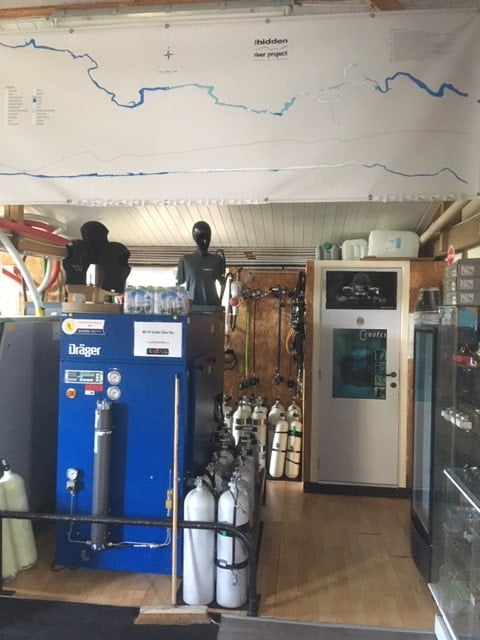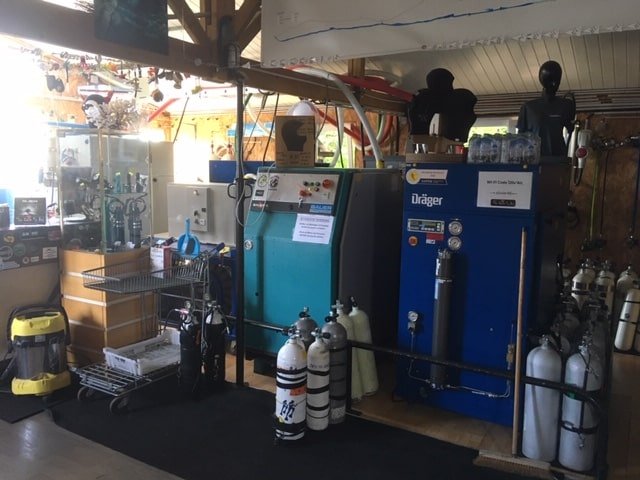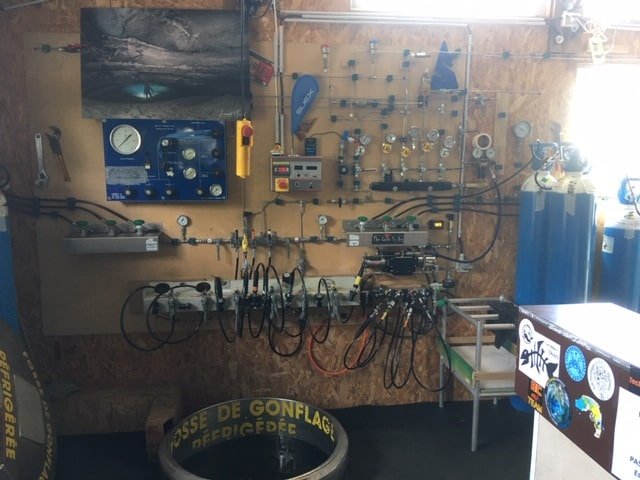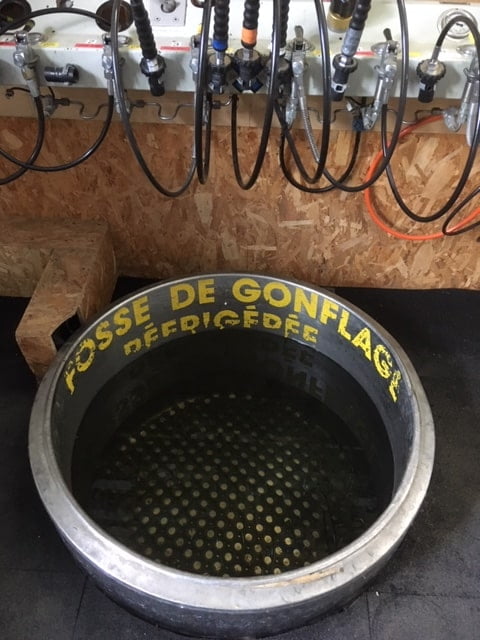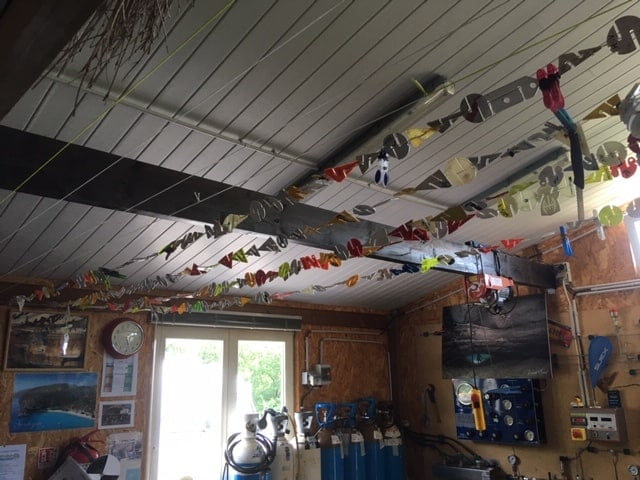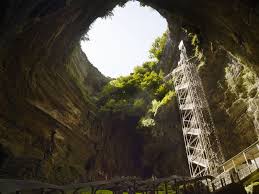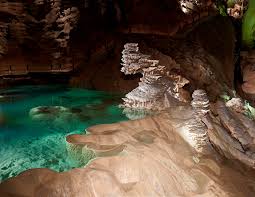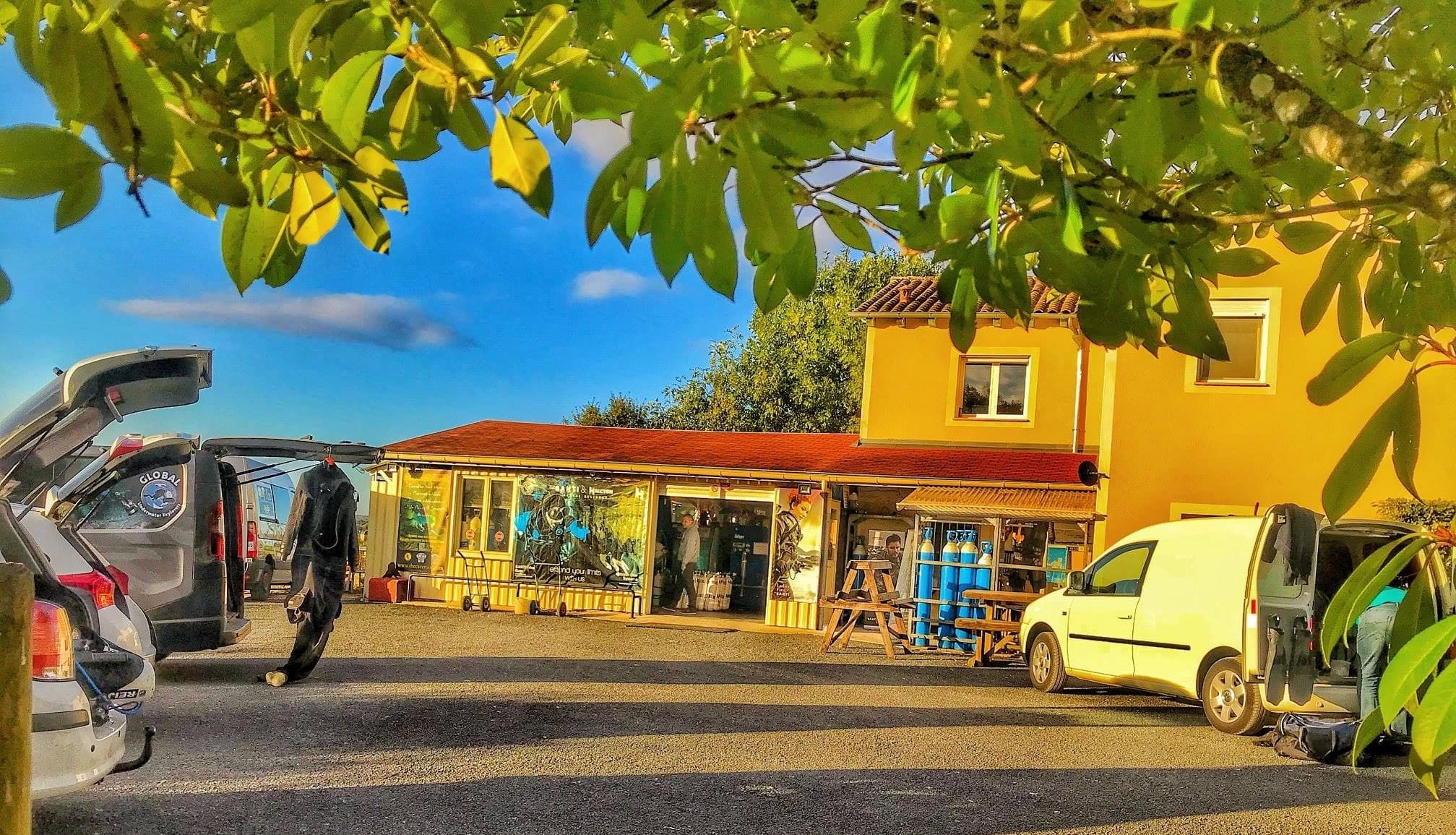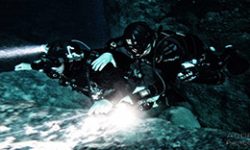
“IF ONLY YOU KNEW THE
POWER OF THE DARK SIDE…”
trips and adventures
@SOUTH WEST TECHNICAL DIVING


We love to go and do our own diving. If you are looking to build experience or just need a team-mate get in touch. We’d love to have you along. Unless you retain us to teach or guide there are no charges for joining a trip

Diving in Galapagos
about
When we think of the Galapagos, the first things to come to mind are probably iguanas, sharks, and Charles Darwin. But the islands have a rich history and there are plenty of interesting tales originating from our earth’s closest approximation to Jurassic Park.
Did you know that in 1807 an Irish named sailor Patrick Watkins became the first known inhabitant of the Galapagos Islands? Abandoned on Floreana, Patrick was left to fend for himself, growing vegetables and hunting so he could sell his goods to passing whalers and boat crews in exchange for rum and cash.
Imagine what he saw as he sat on Floreana alone.
Giant tortoises, hundreds of years old, swarms of sharks in the waters surrounding him, marine iguana grazing on algae and fur seals lining the rocky coves. While away from the coast, the land is blanketed in a thick, impenetrable forest and to top it all off, the island is perched on an active volcanic plate.
Pat was on a true Jurassic adventure, with the dinosaurs to prove it.
Nowadays, pulling into Pat’s landing on Floreana, little has changed. The wildlife remains as intriguing as it was when Darwin first started describing it in the mid 18th century and the islands retain their wild, final frontier feel.
cost
past or upcoming trips
Now planning for 2027
how to get there
We suggest you book your international flight to arrive into and out of Mariscal Sucre International Airport, Quito (UIO) in Ecuador (though you can use Guayaquil International Airport if it is more convenient) and that you arrive in Ecuador one day before the expedition departure so you are well rested before the start of the journey.
There are domestic flights to San Cristobal from both Quito and Guayaquil. Disembarkation at the end of the expedition will be just before 10 am.
If you are not staying in the Galapagos or Ecuador for any additional nights before or after the trip, please book your international flights to allow plenty of time for the domestic arrival and international check in.
Get in touch for advice on the easiest way.
about the diving
Diving in the Galapagos is rewarding but occasionally demanding, even for very experienced divers. To make sure you enjoy your trip, recreational divers should hold training beyond the beginner level and have completed at least 50 or more dives. It’s good if you have some experience with strong currents and low visibility.
At many Galapagos dive sites, the currents run on the strong side. Because of these currents and the huge amount of nutrients in the water, the visibility may be low at times.
But every cloud has a silver lining and the environmental factors that make diving here hard at times are the same factors that make the Galapagos one of the world’s premier locations to dive with pelagic life. Underwater, a diverse cast of creatures from sunfish and seals to iguanas and everything else in between can be seen.
WATER TEMPERATURE AND EXPOSURE SUITS
Divers are often surprised that the water temperature in the Galapagos is cooler than they expected. Despite the archipelago’s location at the equator, cool currents keep temperatures closer to moderate than warm.
That said, between December and May, divers can expect water temperatures that range from 21°C to 30°C (70-86°F). This drops to an average of 16°C to 24°C (60-75°F) from June to November thanks to the Humboldt Current which reaches the islands from the south.
Thermoclines are common. To combat the sharp changes in temperature, divers in the Galapagos should bring exposure protection that is suitable for the cooler depths. You should also pack your gloves as these are useful for support when a strong current is running.
If you feel the cold, it’s best to pack an extra vest, hood, or shortie for use with your normal suit. Aboard our vessel, we have 5 and 7 mm full wetsuits available for rent, which you can use in conjunction with your own gear. Boots and open heel fins are recommended.
our partners in the country
when we normally go
This is a true once in a lifetime experience
highlights
All will blow you away
favorite
training
venues


set up a
coffee and
A chat
with a jedi
set up
an online chat
with a sith












